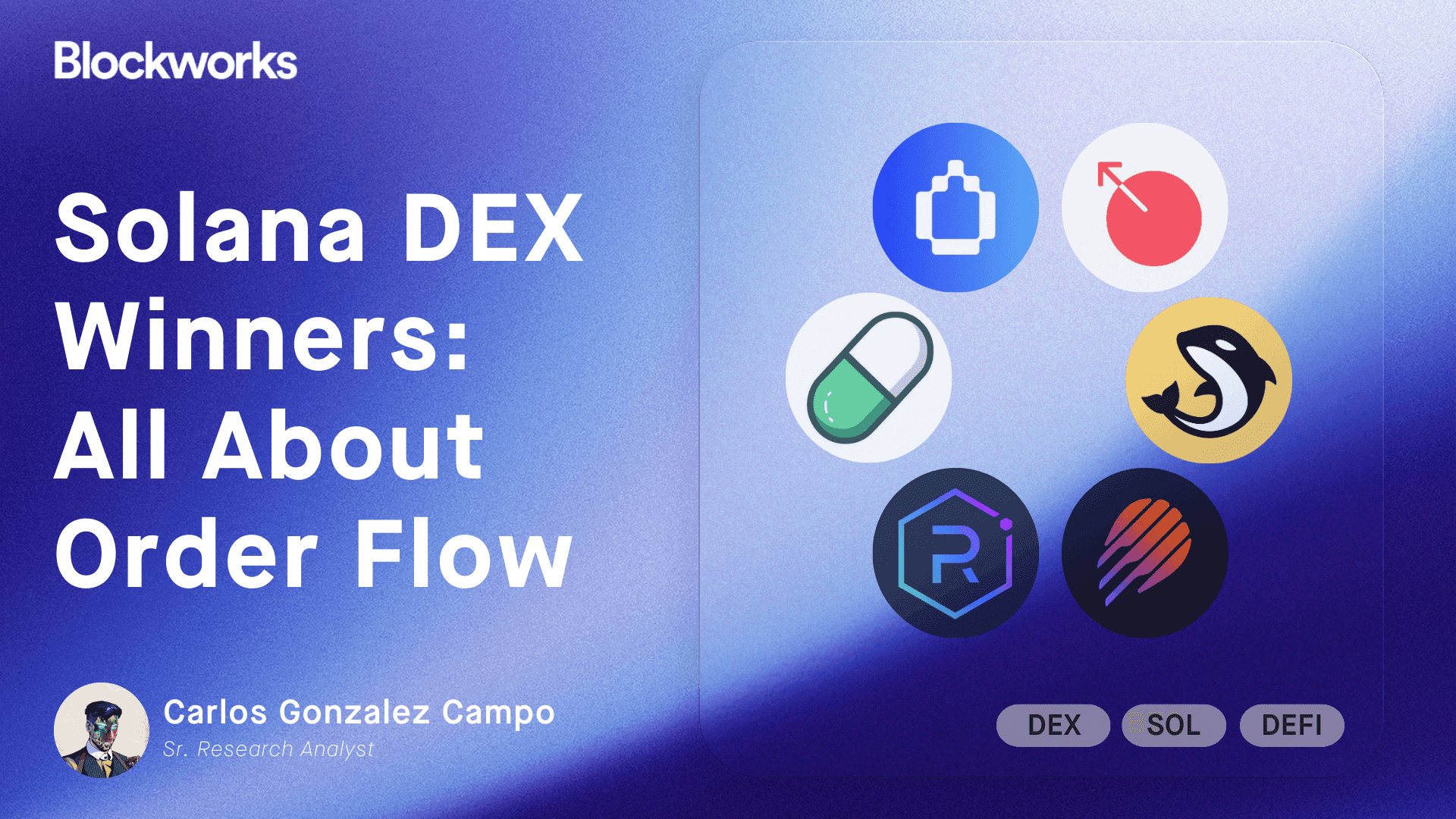The killer apps are already here. Crypto just needs to mature
Framework Ventures’ Michael Anderson expects “catalyzing events” to “make all these things real”

ImageFlow/Shutterstock modified by Blockworks
Blockchain products are often described as solutions looking for problems. The question springs up from time to time in the community — when will crypto get the “killer apps” that finally drive it into the mainstream?
It turns out that the apps are already here, says Empire podcast guest Mike Ippolito, in the form of non-sovereign money and permissionless application building, which are “already hundred billion dollar outcomes,” he says.
On the Empire podcast (Spotify/Apple), Ippolito says, “we’re already looking at a lot of the major use cases” for crypto. “You just need to be patient and wait, that people will eventually use these things. And I believe they will. I’m really optimistic about that.”
Host Jason Yanowitz adds that DeFi is already a killer app, but that the use case is often misunderstood as a B2C (business to consumer) system. It behaves more like a B2B, he says, where commerce primarily takes place between businesses instead of flowing to retail consumers.
“DeFi has a dozen protocols that spit off a bunch of cash flow,” he says. “They’re sustainable. They’ve got massive businesses on top of them and funds that sit on top of them.” It’s already, Yanowitz says, an “interoperable ecosystem.”
Host Santiago Santos mentions stablecoins as another strong use case. He sees Coinbase with its recently launched layer-2 protocol Base and app integration with the USD stablecoin (USDC) as a potential “everything app.”
“The whole vision of Base makes me incredibly excited as a catalyst with account abstraction, with USDC as that conduit,” he says, noting that in a recent discussion with Coinbase protocols lead Jesse Pollak, “You could see the vision.”
“Restaurants issue an NFT, that’s your loyalty. You get points and you pay with USDC — you don’t even whip out Apple Pay, none of that jazz — everything just works.”
Third party innovation as the catalyst
People had ideas for what would ultimately work on the internet long before it was technically feasible at scale, Framework Ventures co-founder Michael Anderson says.
“It took catalyzing events for those things to become real,” he says, “like SSL to make e-commerce actually work and the ability to take digital photos and upload them to make social media actually work.”
Anderson expects “third party events” to “make all these things real,” admitting, “it’s really hard to predict what those events will be.”
Ippolito points to the Solana ecosystem as a community that “gets this.”
“You can squint at DePIN (decentralized physical infrastructure networks), and see how this space might end up evolving,” he says. “Stuff that takes place on crypto actually leverages hardware and might eventually influence hardware and then actions that people take in real life,” he says.
“It’s clearly not where it ultimately needs to be, but I think you can squint at that and see a very attractive future for crypto.”
Get the news in your inbox. Explore Blockworks newsletters:
- The Breakdown: Decoding crypto and the markets. Daily.
- 0xResearch: Alpha in your inbox. Think like an analyst.






